It is common knowledge that China has the oldest civilization in the world. A lot of the developments we enjoy today were either borrowed from or inspired by what was done during China’s ancient period. Among its great inventions, was the concept of currency.
Through the years, China has experimented with different currencies that it may be hard to keep track of the different kinds that existed. In this post, we will discuss everything there is to know about Ancient China’s currency. We will cover what they called money, the different types of currencies that existed, and what each dynasty’s currency was.
What Was The Currency In Ancient China?
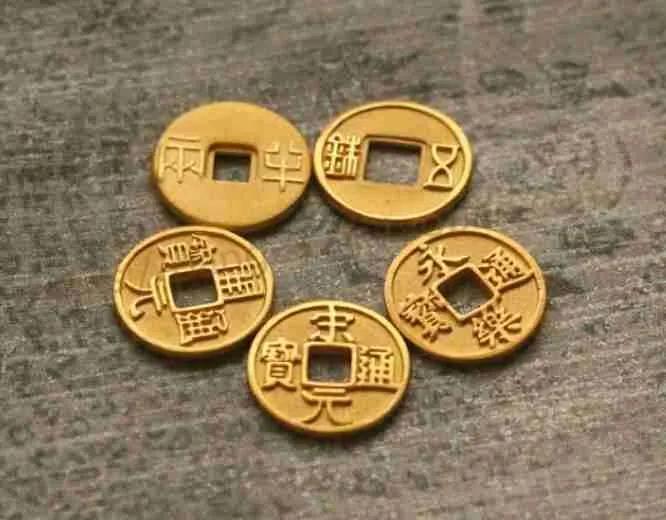
Over the years the currency used in China has kept evolving. In Ancient China many forms were in use. For many centuries, communities in remote areas conducted barter trade, where they would exchange crops in the market instead of using coins. Government officials were also at some point paid in sacks of rice. In foreign trade, a bolt of silk used to have a standard monetary value.
Later on, coins were developed. This is because the exchange of goods became difficult to evaluate. For example, it was difficult to determine how many sucks of beans to give to a cow. Coins remained in use for a very long time in Ancient China for over 2000 years. One could say it was the main currency used. Even though the Chinese were the first to invent paper money, the coins remained the base value.
What did Was Money call In Ancient China?
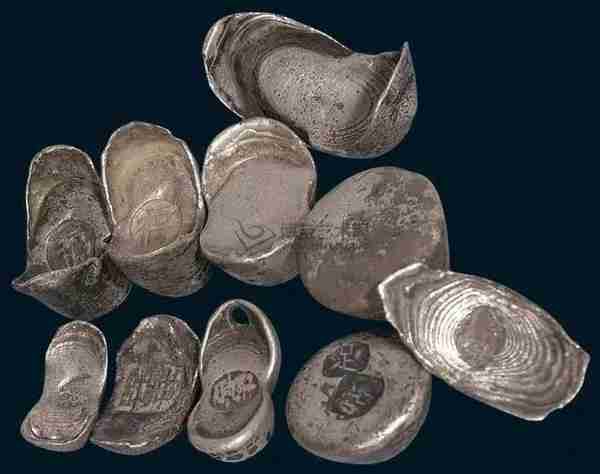
As we’ve explained coins were what were mainly used in Ancient China. Depending on their design and what they were made of, the coins went by different names. The most common names were good luck coins, yuan bao, and ingot.
The ingot was the most common name. It was a mass of metal that was cast in a shape or size for further processing, They were often bars, plates, or sheets and were made of gold, steel, and silver in particular. Yuan Bao, also known as Sycee was a type of ingot. The name for Chinese currency today is ‘yuan’ which was borrowed from the term yuan bao. Today, however, these two types of currencies are no longer in use but are used as symbols of wealth, hence why they are called good luck coins.
There were also names given to coins based on their shape or design, although these weren’t as common. The ant nose or ghost head, for example, were said to be the first kind of coins used in ancient China. Other coins that followed were the square-rectangularly footed spade and bu-spade. The most common shape known, however, was the round coin with a square hole.
Did Ancient China Make Money?
Yes, the Chinese did make money during the Ancient period. They were the first to mint coins by shaping and stamping them. These were used for thousands of years. The designs and shapes of the coins may have varied. These depended on the era or region they were from, as well as the blacksmiths that made them.
Paper money was also first invented in Ancient China. It came about as a solution to carrying around many copper coins for trade. What started as a form of a promissory note of the amount one had deposited in one area, that could be exchanged for coins or goods in a different area. This note later was evolved into paper money that’s similar to what we use today.
Ancient Chinese Currency Types.
As we’ve already mentioned there were many types of currencies used in Ancient China. The following are the main currencies that were known from that time:
Ancient Chinese Shell Money.
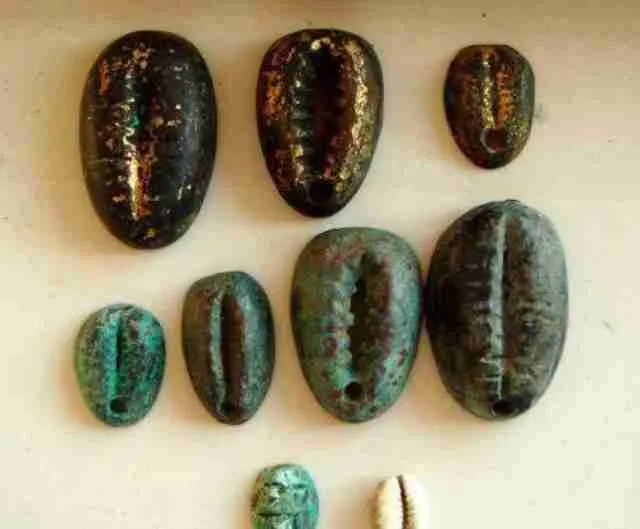
This is amongst the oldest currencies used in Ancient China. Shells were favored as a currency at that time because they were small and light to carry around. They also had a solid texture and an exquisite appearance. They began being used towards the end of the Neolithic age and by the Shang and Zhou dynasty, they had reached their zenith and became a symbol of wealth.
A unit of shell money was called peng, which translates to ‘friends’ and meant two clusters of shells. One peng therefore contained two clusters of shells. The most common shells used were natural shells, but there weren’t enough shells in the Northeast regions. So, towards the end of the Shang dynasty, the Chinese invented shells made from other materials. Some would be made from clay, others from jade, stone, or bone. The most common ones however were the shells made of copper or gold.
Ancient China Coin.
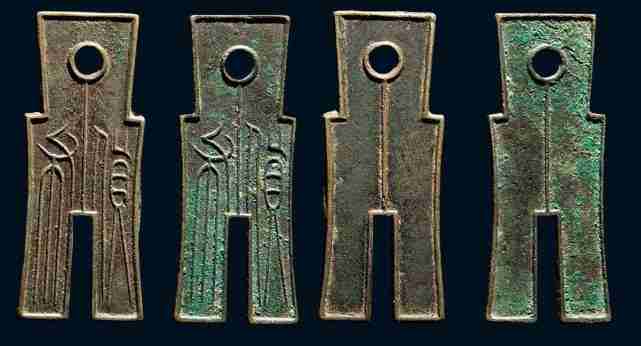
Around the Western Zhou dynasty, the Chinese began using metal coins. At first, the coins were made of bronze and the shapes were replicas of cowrie shells which were the main currency at the time. Later on, using a mold made of clay, brass, stone, or sand, they began casting bronze coins in different shapes like small spades and knives.
Around the Warring state period, the coins used were called yuan qian, which were round in shape and had a round hole in the middle. By the Qin dynasty, money was standardized and a new currency called ban Liang was introduced that was equivalent to 12 Zhu coins. The new currency was made up of coins with a round shape and a square hole in the middle. This symbolized the union of heaven which was believed to be round and earth which was believed to be square. This currency was divided between bronze (Xia bi) and gold/silver (Shang bi). Later on, some were made of copper.
This currency was in use until the 20th century. Because of the square holes, the coins were easier to string together. A braided string was used to string 1000 coins divided into 10 units of 100 called Diao. There were, however, some con men who would use 83 coins instead of 100, so one had to be careful during a trade.
Chinese Sycee.
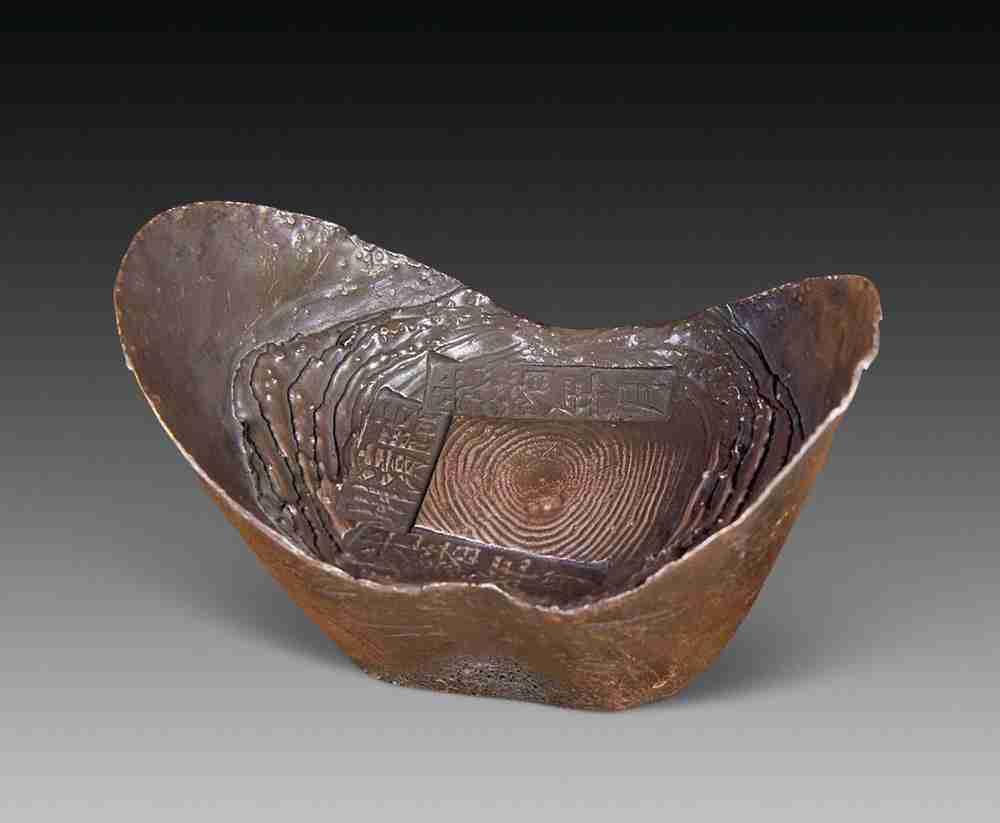
Chinese Sycee was also known as Yuan Bao. As we mentioned, it was a type of ingot coin used as money in ancient China. It was introduced around the Ming dynasty and was made of either gold or silver. The value of Yuan bao was measured by its weight in taels (one of the Chinese weight units). The amount of each yuan bao coin was detailed at the bottom of it.
In terms of shape, the sycee coins were made by individual blacksmiths for local exchange and therefore varied in shape. The most common shape was the boat shape. It was oval, elliptic, and with a small oval or circular bump in the middle. Other shapes included were squares, ovals, flowers, and tortoises among others. While the name of the Chinese current currency was derived from Yuan bao, this type of currency is no longer in use. It is however seen as a symbol of luck and wealth, so it is still incorporated in Chinese celebrations and offertories to the ancestors.
What Was Ancient China’s Currency?
Different dynasties across Ancient China used varied types of currencies. This was because with the passing years the Chinese continued to develop their currency until they found something suitable. The following are the currencies used in the different dynasty periods:
Shang Dynasty Currency
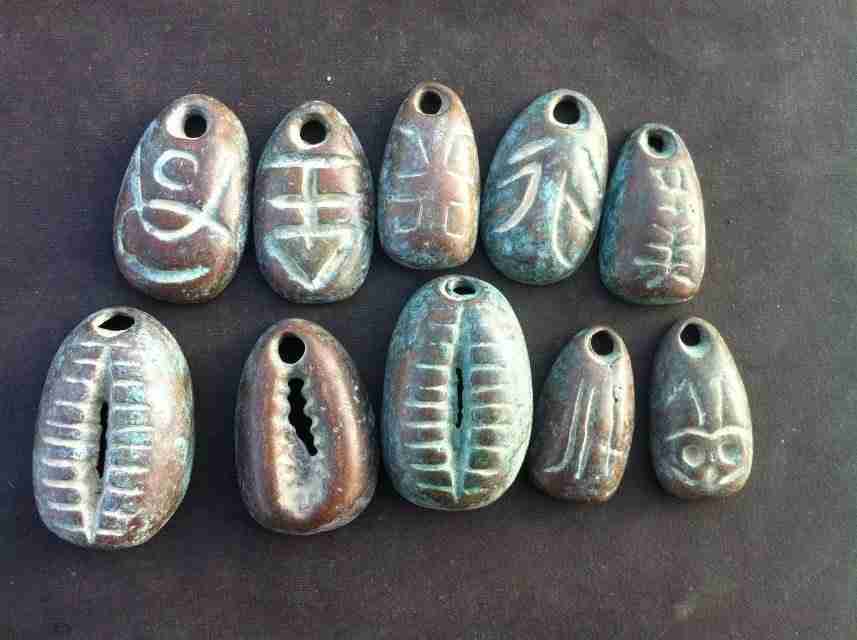
During this period, cowrie shells were the main currency used in trade. The problem however was that the natural shells were not sufficient or available in all parts of China. This led to the invention of bronzed shells. This marked the beginning of the use of metal coins in China. By the succeeding dynasty, bronze became the universal currency. Towards the end of the Shang dynasty, some of the shell money was made of copper, introducing the use of copper in coin minting.
Zhou Dynasty Currency
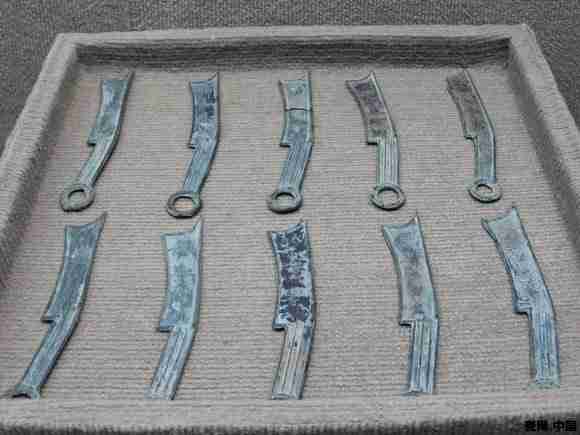
Succeeding the Shang dynasty, the Zhou dynasty moved away from shell money and began developing coin money. The main currency used in this period was spade money. These were spade-shaped coins, which were among the first shapes of coins in Ancient China. Initially, they were hollow sockets that resembles shovels. They were later developed into thin flat sheets with added markings of their denominations. This type of money circulated until they were later abolished in the Qin dynasty.
Qin Dynasty Currency
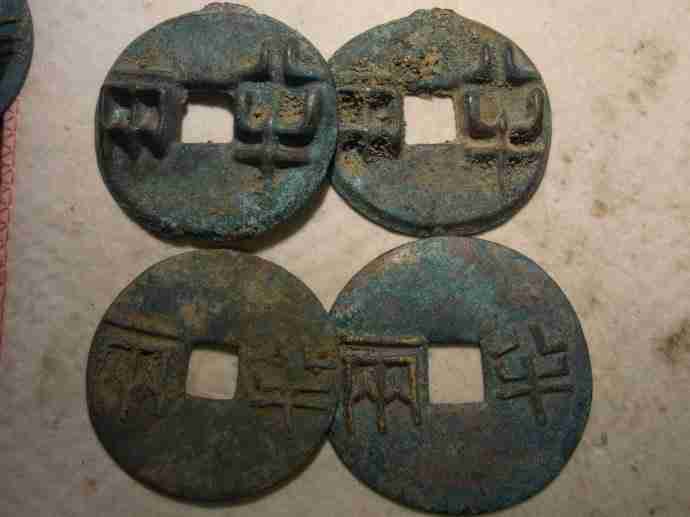
With the unification of China, a lot of things became standardized during the Qin dynasty, including the currency. The new standardized currency was the ban Liang coin. It first circulated the Qin state before becoming the national currency. It compromised of the round coin with a square hole made of either gold/silver or bronze. One coin was equivalent to 12 Zhou coins, and 1000 of them were strung together and divided into 10 units of 100.
Han Dynasty Currency
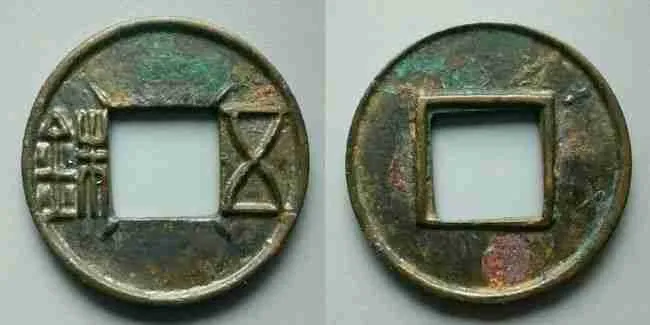
During the Han dynasty, several currencies were used in different regions. The common currencies were the bang Liang coins, the sycee/yuan bao, and the wu zhu coins. The Han ban Liang was a monetary unit whose equivalent of the stable weight unit zhu, would change from time to time. There was however a standard nominal rating of 12 zhu.
Tang Dynasty Currency
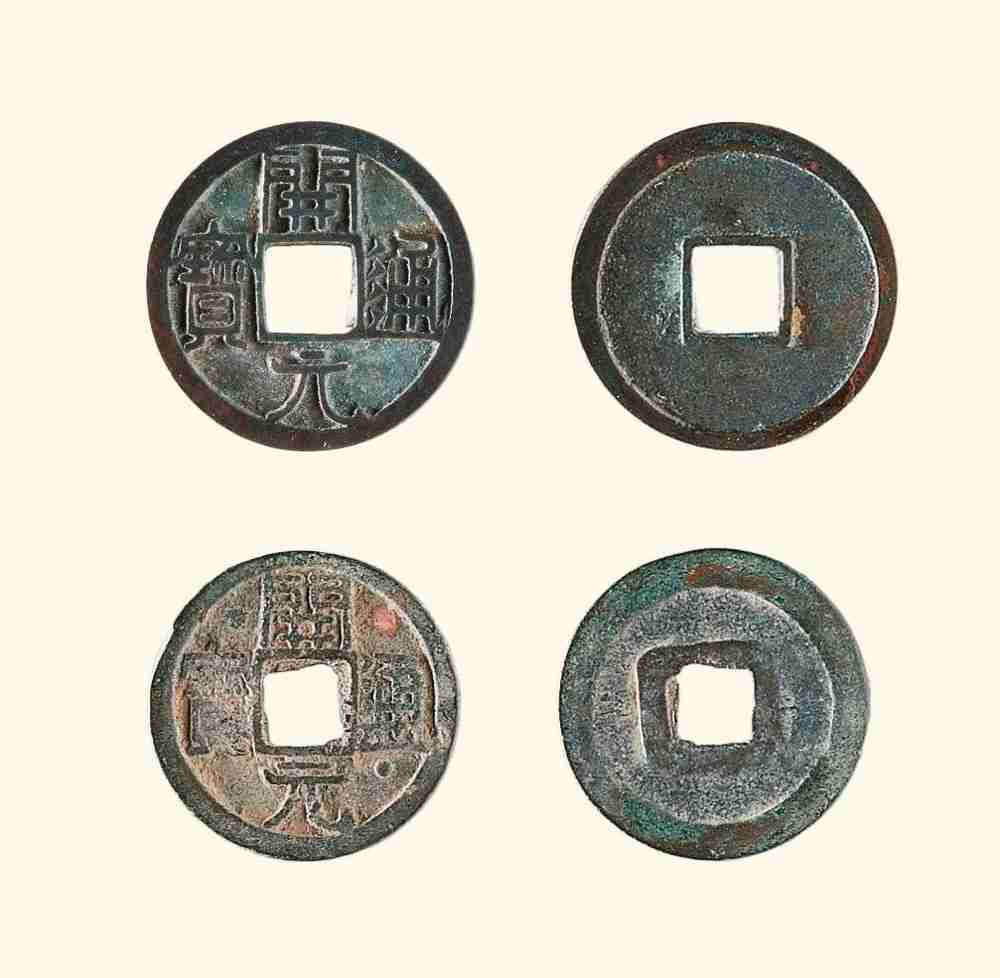
Although the Tang dynasty used wu zhu coins, the main currency known from this time was the flying cash. This was among the first forms of paper money and a precursor of the banknotes used in the Song dynasty. They were called flying cash because they allowed traders to transfer money over long distances without actually carrying them. The note could be used at the capital in exchange for hard cash, whereby a fee of 100 wens was charged per 1000 wen.
Song Dynasty Currency
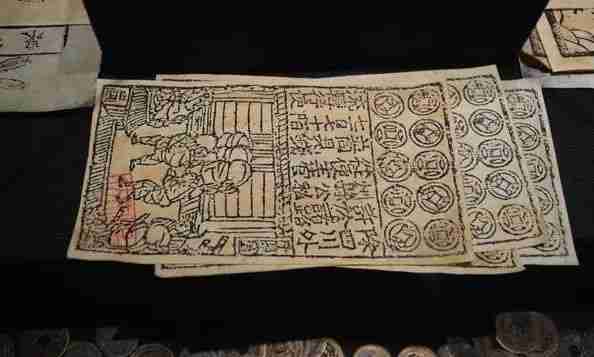
This was the period when the first banknote was invented and was named Huizi. Issued in 1160, it became the first official banknote in the Southern Song dynasty, with the highest amount of issuance during this period. The notes were made of three-color printed paper and were backed by 280,000 guans of copper cash coins. At first, one note was 1 guan, but over time 200, 300, and 500 wen notes were introduced. Over time, forging the notes became easy and so its value depreciated significantly.
Yuan Dynasty Currency
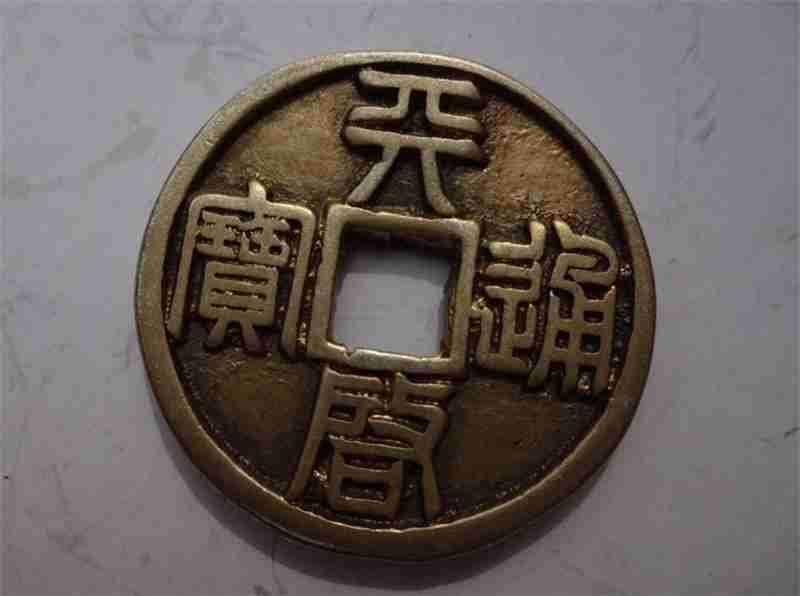
Under the rule of Kublai Khan, the Yuan dynasty issued its form of paper money named Chao. The problem with this currency was that the banknotes were made of poor-quality materials. As a result, they would damage easily and become irredeemable. This angered the subjects, leading to a rebellion. This caused the Yuan government to print more money to cover military expenditures hence depreciating its value.
Ming Dynasty Currency
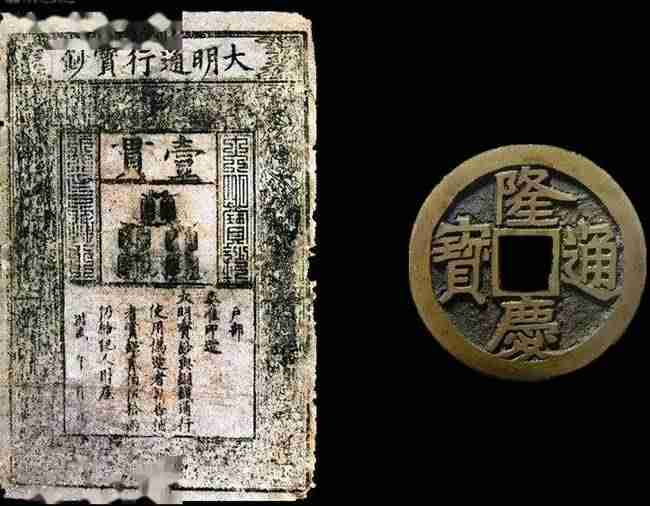
During the Ming dynasty, the paper money used was called Da Ming Baochao. They were issued in 1375 under the rule of Emperor Hongwu. Although they were successful at first, the government became skeptical that the notes could be forged and therefore stopped accepting them. This made the people lose faith in the currency reverting them to the use of copper coins.
Qing Dynasty Currency
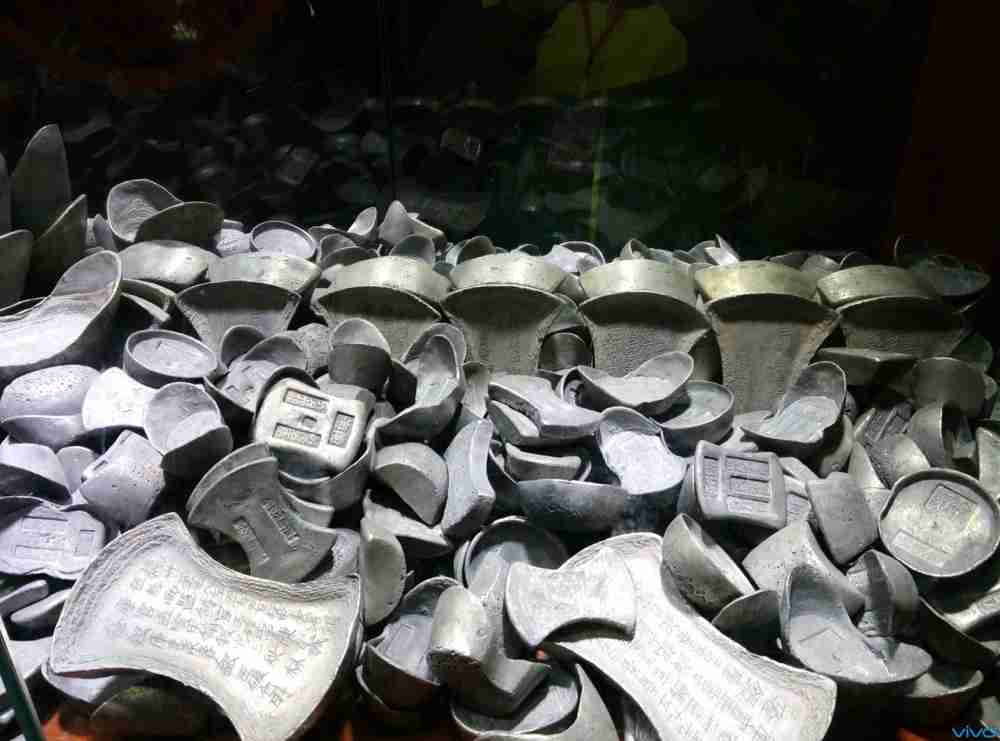
Although in the Qing dynasty, paper money was re-introduced, the notes were periodically used. The dynasty’s money system largely depended on the copper alloy coin that was denominated in wen. They also used Chinese sycee which was denominated in taels. The copper coins would be used in retail markets while the silver sycees would be used for larger transactions or in the wholesale markets. 1 tael of silver was equivalent to 1000 wen of copper coins.
People’s Republic Of China Currency
Renminbi is the name of the official currency of China today. Although most people worldwide, recognize the currency as Yuan of Chinese Yuan (CNY), the yuan is the basic unit of the renminbi. It is one of the world’s reserve currencies, ranking eighth as the most traded currency by 2019. Since yuan is the basic unit of the currency, 1 yuan is equivalent to 10 jiao, and one jiao is equivalent to 10 fens.
Conclusion:
As you can see, there have been a lot of developments in each dynasty concerning the currencies that were used. People in ancient China moved from barter trade to the use of cowrie shells, later metal coins, followed by flying cash, and finally banknotes. It is the Ancient Chinese civilization that inspired the monetary system we use today.